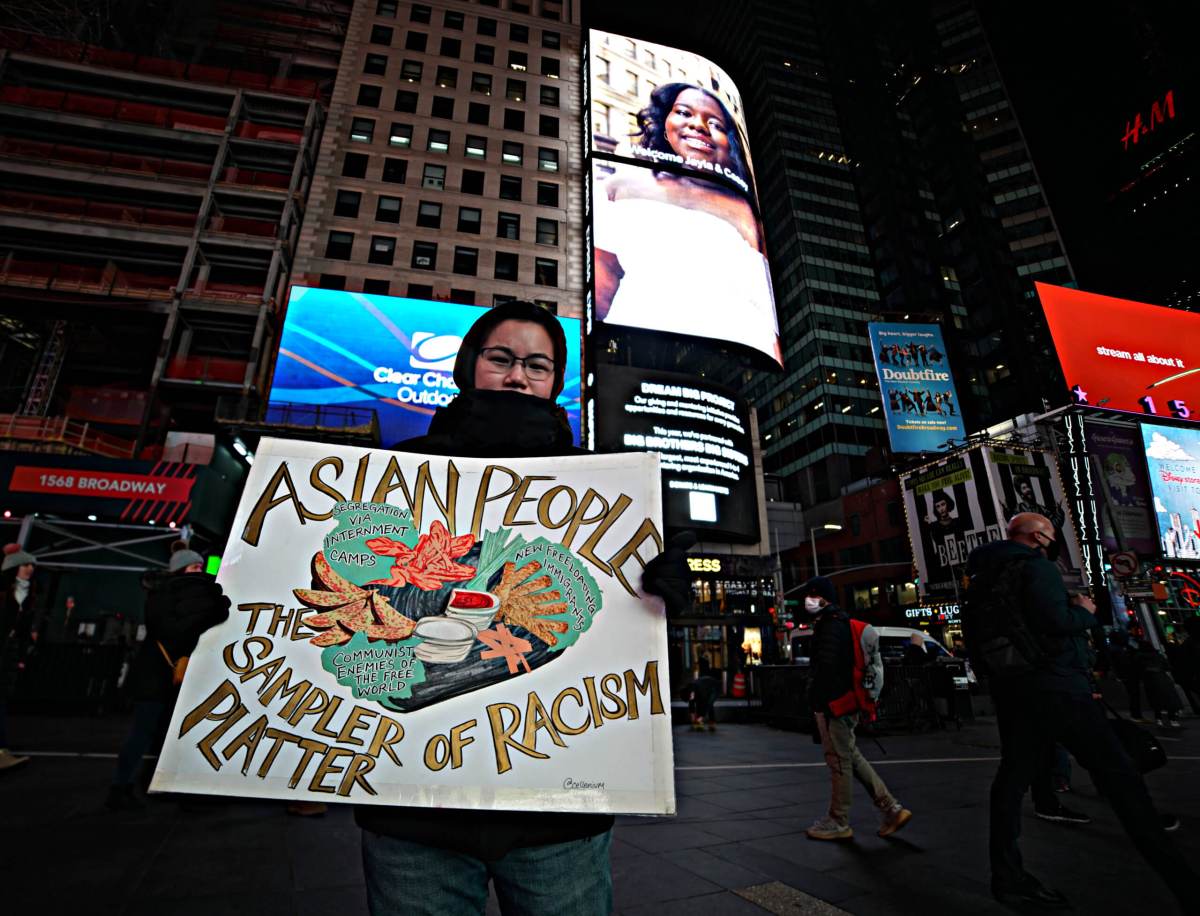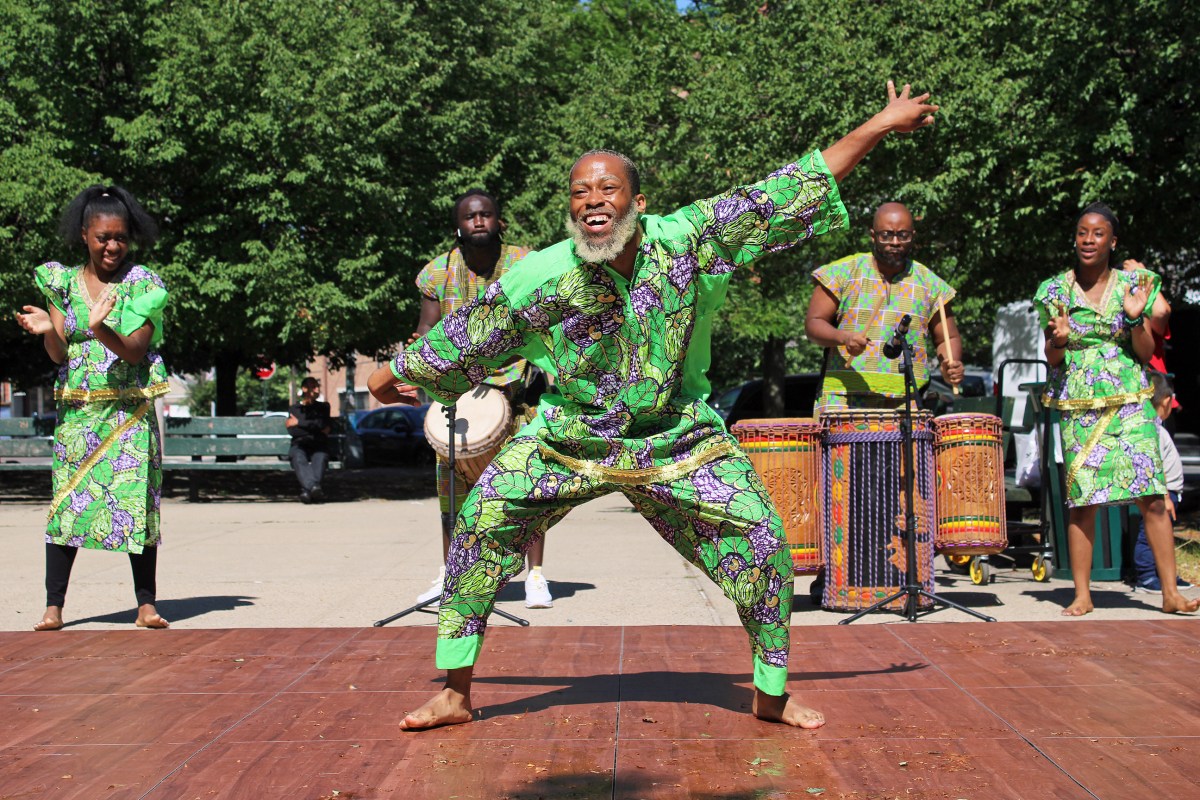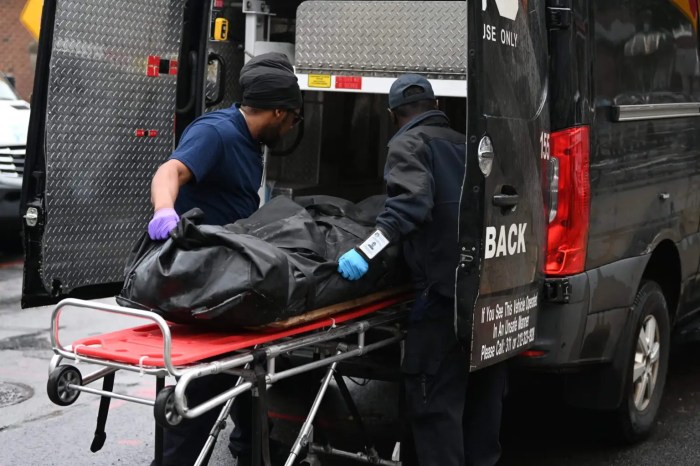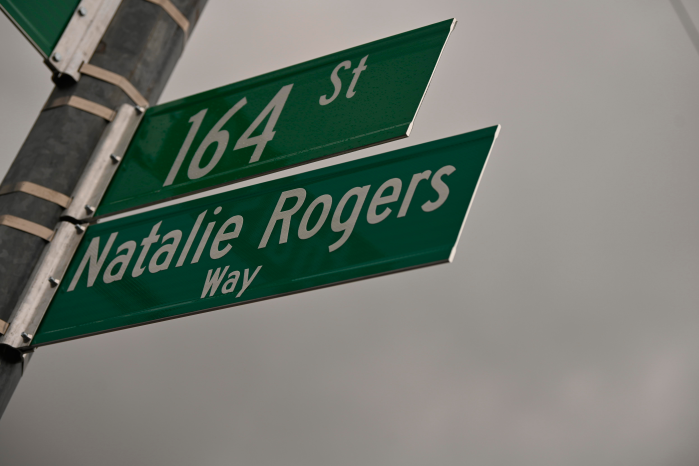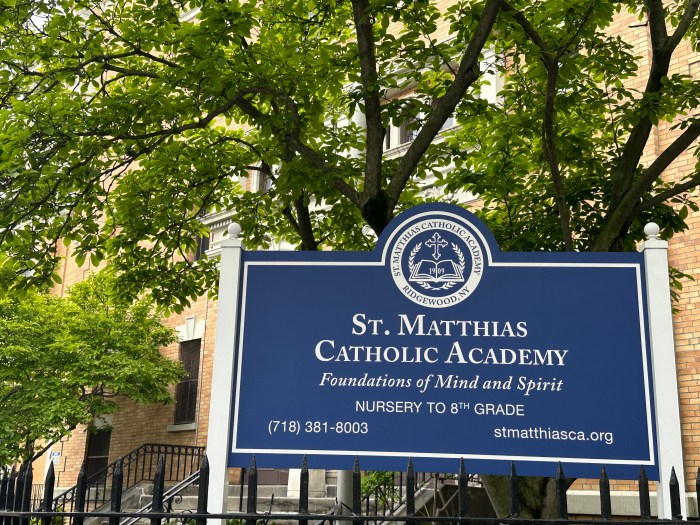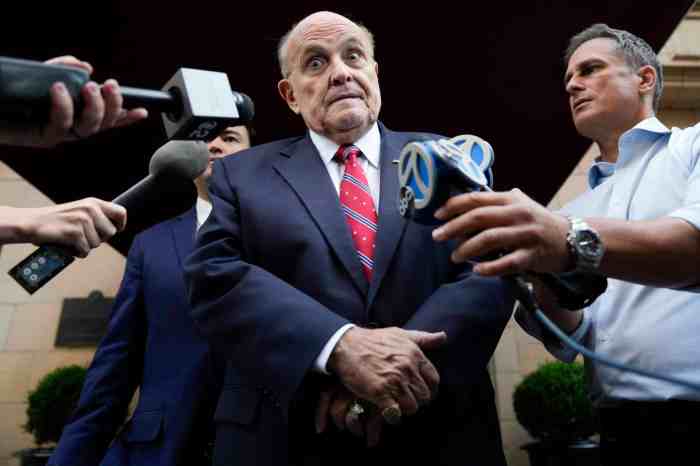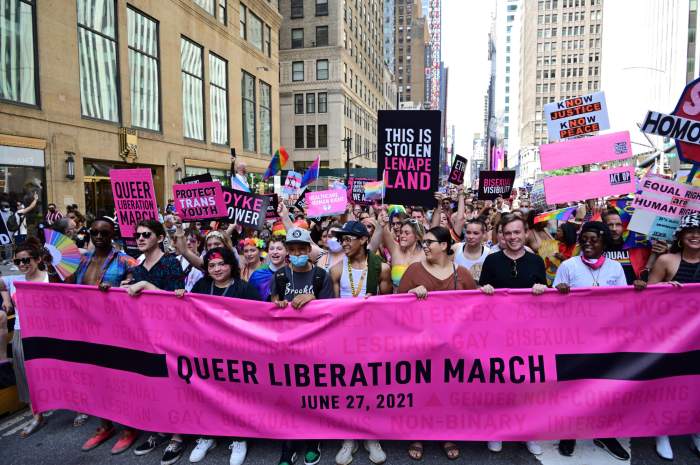By Bill Parry
The city listened to the angry chants of several hundred striking Uber drivers who massed outside the company’s Long Island City headquarters Monday. Organizers from the New York Taxi Workers Alliance called for the job action after the app-based service slashed its prices by 15 percent last Friday, and when main competitor Lyft followed suit with a reduction of its own, the Taxi and Limousine Commission was monitoring the situation..
Under current TLC rules, e-hail apps like Uber, Arro and Way2Ride are permitted to incentivize passengers with discounts, or other promotions, so long as they “do not in any way” affect driver income. “Under our governing rules, we’re required to take into account a broad range of expenses that impact driver earnings in the taxi sector,” TLC Commissioner Meera Joshi said. “We endeavor to make sure that the people driving TLC-licensed vehicles are paid fairly for their work. The commission will be listening very closely to what drivers across all sectors we regulate have to say about their economics in the coming months.”
At Monday’s rally many said they felt double-crossed by the San Francisco-based company after they had been promised the opportunity to earn $90,000 a year.
Uber said the cuts were meant to entice more drivers during the less busy winter months and that their data shows the slashed prices were for the drivers’ benefit.
“If they wanted to be fair to us drivers, then they should cut the commission we have to pay them,” Corona resident Aziz, who did not want to give his last name, an Uber driver for two years, said. “The commission can reach as high as 25 percent. It’s basic math. To make a living you’ll have to drive 14 to 16 hours a day.”
Aziz said he was one of the fortunate ones in that he owns his car. Many of the drivers have signed leases for their vehicles and now feel trapped by the company that calls them “partners” rather than employees.
“I am not hurt as badly as the others,” he said. “The ones with the five-year leases will take a very big hit.”
Dwayne Andrews of Ozone Park, an Uber driver for the last three years, was pleasantly surprised to see the nearly 600 protesters take part in the 72-hour strike.
“People are afraid to step up fearing that the company will deactivate them,” Andrews said. “They say it’s a short-term cut, but we don’t believe them. The first time they did a price cut in 2014, it never went back.”
It wasn’t always like this. Andrews explained that when he started driving three years ago, there was a 17 percent higher base fare, a 23 percent higher per-mile rate and not as many drivers.
“You were able to make a living while working on your own time,” he said. “Now it’s more trips for less money and they keep hiring more and more drivers. Now the company drops the fares. Everything we’re saving on the low gas prices has vanished.”
Reach reporter Bill Parry by e-mail at bparr









